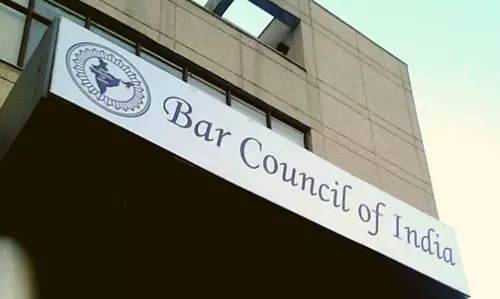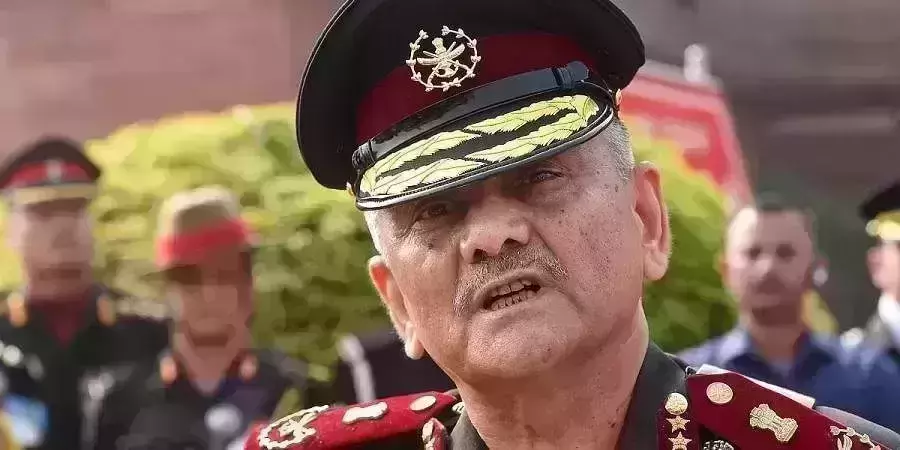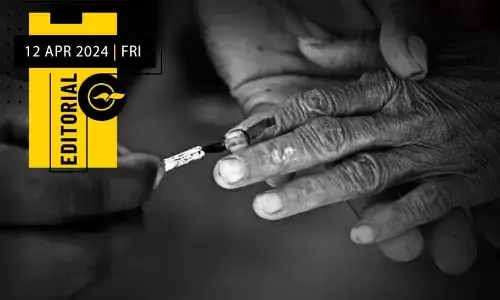
An attempt to gag the press
text_fields
The Supreme Court has ordered that while publishing reports about Covid virus, media should refer to and publish the official version about the developments. The court said "in particular, we expect the media (print, electronic or social) to maintain a strong sense of responsibility and ensure that unverified news capable of causing panic is not disseminated.” The court also directed the central government to issue a daily bulletin in order to clear the doubts of the people and the same to be accessible for all media including social media. At the same time, the court clarified that it did not intend to 'interfere with the free discussion about the pandemic". The judgment of the two-judge bench of chief justice SA Bobde and Justice Nageswara Rao was issued in reponse to the petition by advocate Alakh Alok Srivastava demanding that the hundreds of inter-state labourers who had to travel on foot to their native villages following the prime minister's announcement of countrywide lockdown, be provided with ample facilities in places they were stranded.
The central government, while responding to the petition as asked by the court, requested the apex court to issue clear guidelines in the matter. The Centre submitted that inaccurate or fake news knowingly or unknowingly would create panic among a large section of the people and it would lead to untold suffering of the people and the country. Therefore, the Centre prayed that the media be barred from printing, publishing or telecasting any information about Covid-19 without ascertaining facts with the government. The Centre's take is that what caused the massive exodus of migrant labour was the panic created by the media. This also implies a complacence that everything was going smooth under the supervision of the Centre, and anything that appears contrary to this was a result of either incorrect or exaggeratated portrayal by the media. And hence the Centre's plea for a redline for the media in reports on Covid. Publishing news and information that create fear among the people during times of disaster is a criminal offence as per the Disaster Management Act, 2005. That remaining in place as such, what the Centre sought was an intervention by the court beyond the scope of that. But the court ordered that news should be factual and for that the official information machinery of the government should be relied upon. During the case hearing, the court also observed that the panic and fear about the virus was more dangerous than the Covid virus itself and it would damage the mental health of the people. Therefore, the court asked the Centre to take required steps not to spread panic among the people.
Many of the Centre's moves after the Covid disaster appear to have been aimed at stopping the flow of news about the virus sprad rather than the solution of the crisis. Six hours before announcing the total lockdown on 24 March, the prime had convened major mainstream media owners and editors. The advice he gave to the attendees was that they should act as bridge between the government and the people and they should take steps to prevent spread of pessimism and create confidence about the government's commitment to prevention of the disaster. The prime minister's website also stated that the media bosses had assured they would carry reports that would instil positivity and enthusiasm among the public. But following this many of onine media did discover that following this session, the prominent media who attended it subsequently became 'his master's voice' in the matter of Covid reports. It was close on the heels of this that the Centre, in its response to the petition in the Supreme Court, sought to tie in the media to its own official version of information.
It is clear that the government is seriously disturbed by criticisms raised against its mishandling starting from the laxity in the initial stage of the pandemic, to the lockdown without sufficient prior planning and upto the crisis caused by the mass labour migration. It is the Centre's intention to check such anti-government news. But what the court ordered is that reports should be made objective by comparing it to the information by the government. It is the first lesson in the routine of daily news publication that veracity of figures should be verified with their sources. The court's order contains nothing more than this. The apex court was not prepared to order an unconditional support to all the tom-tom of the ruling establishment nor did it say that there should not be any criticism of the failures or inefficiency of the government. It even indicated that it would not venture to interfere with that. But even then, this intervention by the Centre - which proves that a media gagging agenda is top on the Centre's agenda - does not bode well overall.























